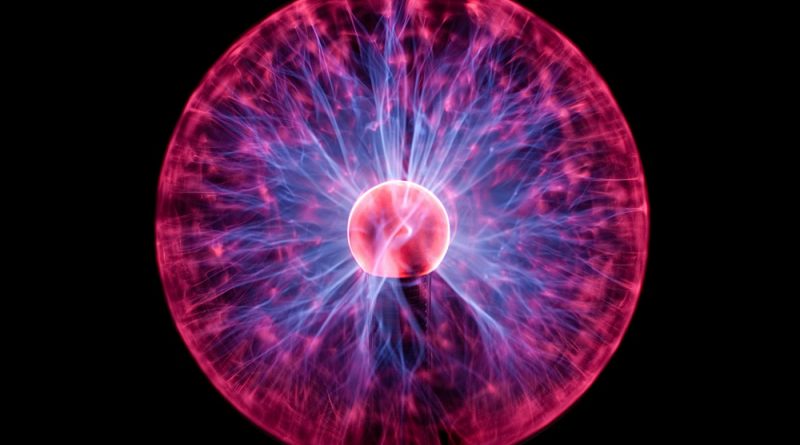PLASMA, THE MYSTERIOUS (AND POWERFUL) FOURTH PHASE OF MATTER
When I was in elementary school, my teacher told me that matter exists in three possible states: solid, liquid, and gas. She neglected to mention plasma, a special kind of electrified gas that’s a state unto itself. We rarely encounter natural plasma, unless we’re lucky enough to see the Northern Lights, or if we look at the sun through a special filter, or if we poke our heads out the window during a lightning storm, as I liked to do when I was a kid. Yet plasma, for all its scarcity in our daily lives, makes up more than 99 percent of the observable matter in the universe (that is, if we discount dark matter).
Plasma physics is a rich and diverse field of enquiry, with its own special twist. In some areas of science, intellectual vitality comes from the beauty of grand theories and the search for deep underlying laws—as shown by Albert Einstein’s account of gravity in general relativity, or string theorists’ attempt to replace the standard model of subatomic particles with tiny oscillating strands of energy. The study of plasmas also enjoys some remarkably elegant mathematical constructions, but unlike its scientific cousins, it’s mostly been driven by its applications to the real world.
June 30, 2018
Plasma, the Mysterious (And Powerful) Fourth Phase of Matter

